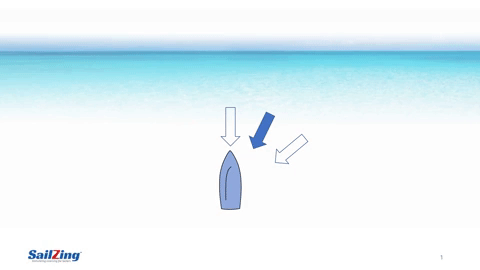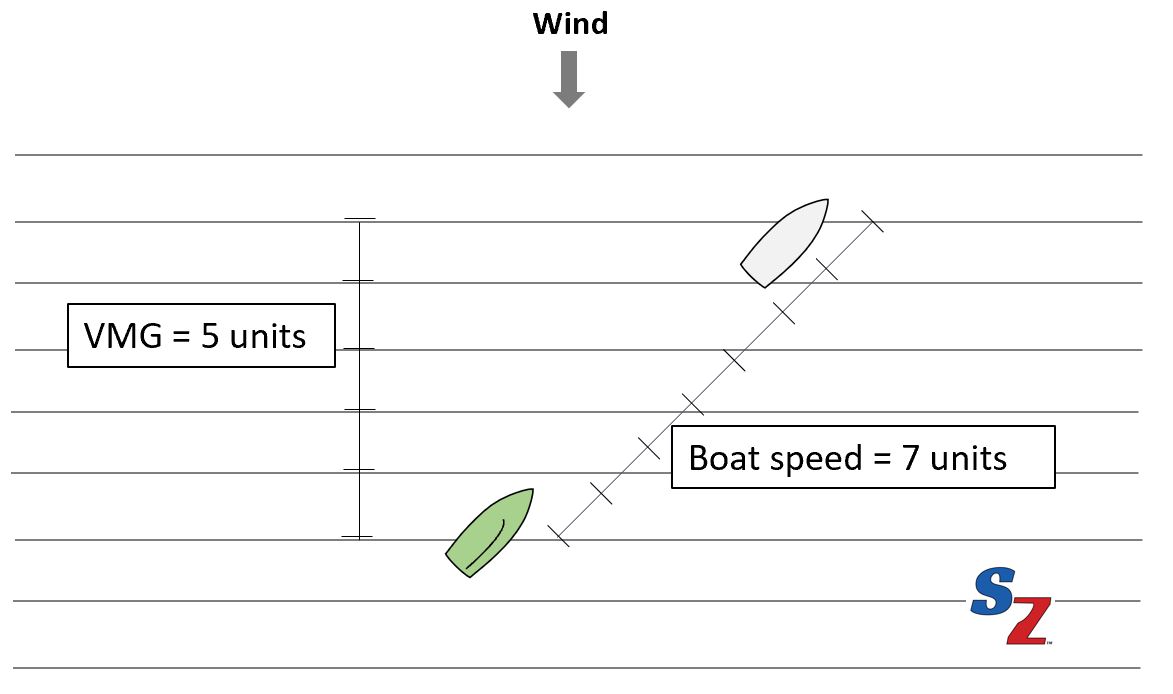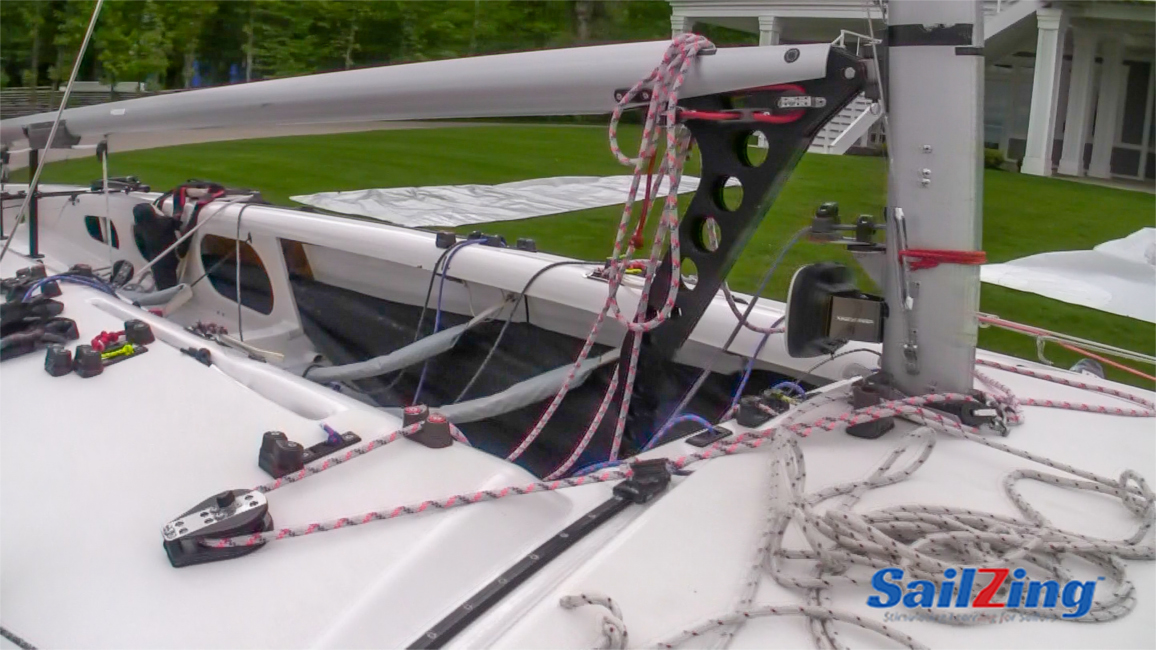It’s easy enough to explain apparent wind at a basic level, but once you start drawing vector diagrams, some sailors lose interest. The best explanations combine real-world experiences with simple diagrams and animations.
In this article, we collected some of the best visual resources to explain apparent wind and the effects of:
- Points of sail
- Puffs and lulls
- High performance boats, such as skiffs and foiling boats
Definitions
Everyone has their favorite terms for explaining apparent wind. The resources below use a combination of the following terms.
- True wind or ambient wind: the wind you feel when you’re not moving.
- Boat wind or head wind: the wind you feel strictly due to the motion of the boat.
- Apparent wind: the combination of true wind and head wind.
Points of sail
This short STEM video from U.S. Sailing uses an anemometer on a sailboat and a foiling kiteboard to show how apparent wind changes without relying on vector diagrams.
This longer video from Sailing Theory Tutorials uses a visual vector addition approach (without trigonometry) to explain apparent wind speeds at different points of sail.
Puffs and lulls
When sailing upwind, how does the apparent wind angle change in a puff? In a lull? If you can’t answer these without racking your brain, this web page from the Cal Sailing Club has two animations to illustrate.
Apparent Wind in a Puff – Velocity Lift

Apparent Wind in a Lull – Velocity Header

High performance boats
We know that the apparent wind angle moves forward as boat speed increases. Here are two videos from America’s Cup teams using bicycles, land yachts, and AC 72s to show why fast boats don’t need spinnakers, since they’re always sailing upwind.
Apparent wind calculator
If you want to play around with the effects of true wind, boat speed, and heading, here’s a calculator from L-36.com. It’s designed for several purposes, but you can use it as an apparent wind calculator. Simply enter
true wind angle, true wind speed, and boat speed to get the apparent wind angle and speed. Or you can enter apparent wind data to get the true wind.
Related Content:
Sail Faster with Less Hiking – Part 3: Gust and Lull Management – International Sailing Academy (good explanation using apparent wind)
Sailors Helping Sailors
Will you share your knowledge with your related Comments below?




